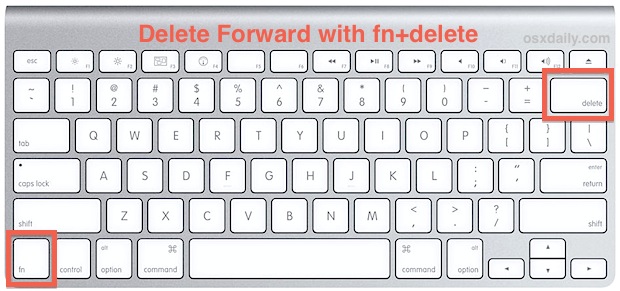


I started by identifying the key symbol for the "Print Screen" and the odd rectangular keys with xev, then created a file named. My goal was to remap the "Print Screen" key to the "Menu" key, and the odd rectangular key next to the volume keys to "Print Screen" (because I do need a quick way to fire ksnapshot). It is also sitting in the place where my fingers are used to find the "menu" key, a key I actually use quite often, especially to fix typos while typing: "Ctrl+left" to move to the word underlined with red, "Menu" key, select correct word in the suggestions, done.Īfter running "killall ksnapshot" one time too many, I decided to do something about that issue. While this key is handy to take screenshots, it is a lot more annoying when you have clumsy fingers and end up holding down "Print Screen" instead of "Alt" or "Ctrl", as it ends up spawning a horde of ksnapshots. Yes, the "Print Screen" key is placed between "Alt" and Ctrl". The first one I want to cover is that one: For example, you can choose Web: Back and the key will. In the right pane, select whatever key you want to remap the menu key to. You can also click Type Key and press the menu keyas we mentioned above, it’s sometimes called the application key, as it is here. It went for a Thinkpad and I am quite happy with it, except for a few minor annoyances. Select Special: Application (E05D) in the left pane.

So you can tell the system that the Ctrl key is actually the left Shift key or NumLock is now F14, for instance. Windows allows for giving actual keys on the keyboard the function of any other key. If you want to undo the changes, just launch PowerToys and delete the key mapping.Remapping keyboard keys on Lenovo Laptops Allows for free remapping of keys on Windows, separated for the entire system or the logged in user, persisting a computer restart. Now, go to the Desktop or File Explorer, press your mapped Menu key and it will open up the right-click context menu quickly.Īs long as PowerToys is running in the system tray, the key mapping will work all the time.When it’s done, click OK at the top right corner. Under the “Mapped To:” column, click the drop-down list to select “ Apps/Menu“.If you face any difficulty while performing the steps mentioned above comment. After the reboot you will be able to use your customized mapping. Finally click on ‘Apply’and restart the computer. I recommend you use a rarely used key (the CTRL or ALT key on the right side of the keyboard) so it doesn’t conflict with any keyboard shortcut. Click on ‘Choose New Remapping’ dropdown button and choose the new action you want to assign for the selected key then click on ‘Remap Key’. Press a key you want to use for calling up the right-click context menu, and click OK.The first one I want to cover is that one: Yes, the 'Print Screen' key is placed between 'Alt' and Ctrl'. Possible Duplicate: How can I remap a keyboard key Im using an HP EliteBook 8440p laptop and two of the keys on. It went for a Thinkpad and I am quite happy with it, except for a few minor annoyances. Under the “Key:” column, click on the Type button. Remapping keyboard keys on Lenovo Laptops.Click the plus sign (+) to add a new key mapping. How to remap keys on laptop Is there a way to swap the functions of the alt and ctrl key on the keyboard without downloading a third-party app I'm a longtime mac user who just switched to PC and use both on a daily basis. On the right side, click on the “ Remap a key” button. Launch the PowerToys and click the Keyboard Manager. Download the Microsoft tool, PowerToys, and install it on your PC. Select Keyboard Manager from the left-hand column. To remap keyboard keys on Windows 10, follow these steps.On the first launch, you should toggle “ Always run as administrator” on, and turn on “ Run at startup” to let the app run in the background. Before getting started, download Microsoft’s new PowerToys app from Github and install it on your computer.

How to Map a Key to Open Right-Click Context Menu in Windows 10 In this tutorial we’ll show you how to assign right-click function to a keyboard key in Windows 10, so you can press a single key to open right-click context menu. The left column denotes the key youll press (for example, the Caps Lock key). How to right-click without a mouse on your laptop? Just hold down the SHIFT key and then press F10 and it will bring up the right-click context menu, but using that keyboard shortcut is still not fast or easy when you need to access the right-click menu frequently. To remap a key, click the Add button and choose your keys from the two columns.


 0 kommentar(er)
0 kommentar(er)
